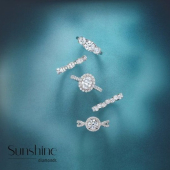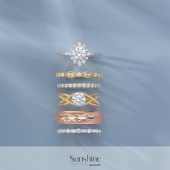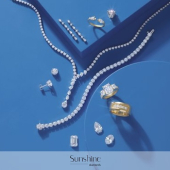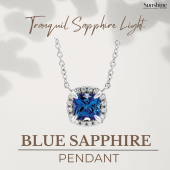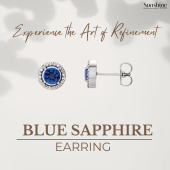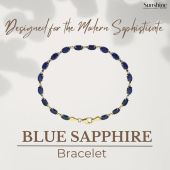FAQs
We appreciate that buying a diamond is a big decision and that is why you need to clearly understand the nuances of your purchase. This section should give you a deeper insight into the world of diamonds and should clarify your doubts. We also advise that you take a moment to do your own research to ensure that you are confident in your decision. It would save you many sleepless nights knowing that you have made the right choice.
It is highly impossible to look at a diamond with the naked eye and tell its worth. The best method is to
have the diamond examined by an expert gemmologist or by insisting on a diamond certificate. We firmly
advise that you insist on a certificate from a reputable institute. If any vendor has reservations about
issuing a diamond certificate; you can be sure that there is some hanky-panky at play.
It is important to understand that diamonds that are mined or manufactured are the same at the physical and
chemical levels. The technology for growing these gemstones has been going on for over a century, but it has
only been perfected in the recent past. These advanced technologies have made it possible for us to produce
superior quality diamonds with fewer imperfections in the lab than what is found on earth. Either way,
natural or lab-grown diamonds are made up of the element Carbon and they are considered to be the hardest
substance known to human civilization.
This is a very subjective choice. We can only tell you that the brilliant round cuts are by far the most
popular shape. A close contender is the Princess cut diamond. The Round cut is very traditional and classic,
and the most desired as the first jewellery purchase. Another reason for its popularity is that round cuts
sparkle well and tends to hide any inclusions or colour that the stone may have while looking like a very
large stone. It is for this reason they are popular and they do carry a higher premium compared to the other
cuts and shapes.If you are the semi-traditional type, we suggest the cushion or oval cut, and if you really
want to be radical, you can explore the marquise or pear-shaped diamonds.
Here again, this is a personal choice. We can give you the pros and cons to make an objective decision.
Buying a piece in a store can be valuable in understanding how small inclusions and the difference in
colour grades. However, stores have a limited selection, and the sales pressure is much higher, not to
mention the higher prices; in most cases up to 30% more. Buying online saves you a considerable amount of
money and you have a wider range to select from while also having the option to get the stone examined at
a jeweller with the choice of our return policy.
This is objectively a simple answer. It is essential for you to ask your jeweller to provide this
information, and if the jeweller is involved with diamonds from source to client it will be easy to get
information on the origin of the diamond. As a thumb rule, diamonds from Botswana, Russia, Canada, and
Australia are safe and in the non-conflict zone. Also, not to downplay your concern, but it is
interesting to note that less than 0.1% of all diamonds in circulation are from potentially conflicting
zones. That said, we do recommend you take the necessary measures to address your concerns and get
clarity before your purchase.
An important and valid question with an easy solution.Diamonds can easily attract dirt, soap, oil, and
dust. These artifices inhibit natural light passing through the gemstone, limiting the sparkle. We
recommend that you use a soft-bristled toothbrush, soap and warm water to gently scrub off the grime
once a month. It will restore the lustre and shine as good as new. To enhance the radiance, we
recommend that you take it to your jeweller, at least once a year, for a thorough ultrasonic clean.


